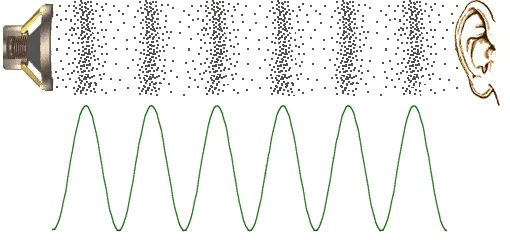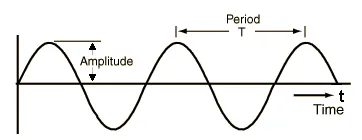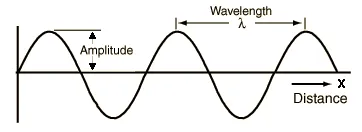
Noise Control: Part 1 – What is sound?
Noise Control: Part 1 – What is sound?
– by Peter Koelewijn, 21-02-2018
Randomly ask people what defines the comfort level of an air conditioning system, chances are high the first thing that comes to mind is temperature, which is understandable. Air temperature is one of the main properties of climate as air conditioning is all a matter of thermodynamics, but there is another property which definitely contributes to the level of comfort. That is sound.
When sound is judged to be unpleasant, loud or disruptive to hearing, it is called noise. Super yachts, cruise ships, and even commercial vessels, all are subject to certain noise level requirements. As sound and noise control has a major impact on comfort levels, we aim to dig deeper into this topic. What exactly is sound? How do we experience discomfort? Which types of noise can be defined and what can we do to control them? In this first blog in a series of four I will explain what sound is. The second blog covers comfort and the effect of noise. The three different types of noise are discussed in the third blog, while the final blog examines solutions to prevent or reduce noise issues.
- Blog 1: What is sound?
- Blog 2: What is acoustic comfort?
- Blog 3: Three types of noise.
- Blog 4: How to prevent or reduce noise issues.
What is sound?
Sound comes in many different forms; it can be harsh and loud, or soft and gentle. Noise can be high and shrill, or low and deep. Sometimes it manifests as a pure note, sometimes as static.
What exactly is sound? In physical terms, sound is a pressure increase which travels through a medium such as gas, liquid or a solid in the form of a wave. You could say that a wave is a disturbance that propagates through space. But what does this look like in reality? Well, imagine there is a speaker standing in the middle of a room. A speaker produces sound through the miniscule movements of its woofer – this is called oscillation. As the woofer moves rapidly up and down, the molecules in its direct vicinity move in tandem with it. This causes pressure to increase as the molecules are pressed together, resulting in a chain reaction of oscillating molecules that travel through space in the form of a wave until they reach your eardrum. This is how sound reaches us.

Image 1: Woofer with molecule pressure increase.
If we want to figure out sound, we first need to figure out the properties of a wave:
Amplitude
The height of a soundwave measured from the baseline is called the amplitude. This reflects the degree of pressure increase and corresponds to the loudness of the sound: the larger the amplitude, the louder the sound will be.
Period
A wave has a beginning and an end. Initially it increases until it reaches its maximum point, or crest. From there, it descends to the lowest point – the trough – after which it ascends again. A wave is defined as one full loop up and down.

Frequency
A wave which consists of only one period is called a pulse. Sounds always have more periods, however. The frequency measures the number of periods per second – how many crests and troughs there are in the timespan of one second. Frequency is expressed in hertz: if there are 20 periods in a second, the frequency is 20 Hz.
Wavelength
This tells us how far the wave has travelled after one period. It is the distance which a single period travels, or the displacement of the wave. The longer the wavelength, the lower the sound.

This concludes my introduction into noise control. Now that we know what noise is, the next step is to examine the effect of noise on human comfort.
Peter Koelewijn | Sales Manager
Peter Koelewijn has been working at Heinen & Hopman since 2001. Starting out as a mechanic, he gained valuable field experience mounting ducts and pipes for various shipbuilding projects. Five years later he switched to engineering, where he worked his way up from draughtsman, to engineer to site manager, leading teams of HVAC mechanics at one of the largest shipyards in Germany. The last couple of years he has been working as sales manager, combining knowledge from the field and the office to find the best solutions for our customers.